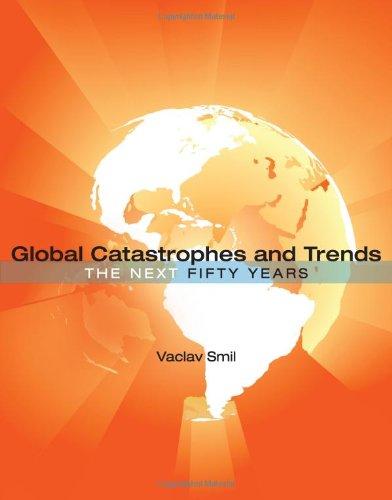Questions That Blur Political Party Lines
Every issue explores cutting-edge developments in technology, medicine, education, climate change, and much more. Articles provide in-depth analyses of science and technology’s impact on public policy, the economy, and society—bringing today’s best minds to bear on tomorrow’s most critical topics.
Editor's Journal
Editor’s Journal: Questions That Blur Political Party Lines
Presidential election season is not the best time to be a policy wonk. Seminars at Harvard’s Kennedy School or colloquia at the National Academy of Sciences can feel like exercises in the… Read More
From the Hill
From the Hill – Fall 2008
Progress on 2009 budget stalled Congress adjourned for its August recess having made little progress on appropriations for fiscal year (FY) 2009, which begins October 1. None of the 12 appropriations bills… Read More
Perspectives
Be Careful What You Wish For: A Cautionary Tale about Budget Doubling
Sometime in the near future, with timing dependent on the economy, the military actions in Iraq and Afghanistan, and other competing demands for government money, Congress will substantially boost R&D spending. It… Read MoreReexamining the Patent System
Is the patent system working? It depends on whom you ask. Which industry, upstream or downstream firms, public companies or small inventors? Opinions are plentiful, but answers supported by data are few.… Read More
Features
A National Renewable Portfolio Standard? Not Practical
A discussion of renewable energy seems to addle the brains of many sensible people, leading them to propose policies that are bad engineering and science or have a foundation in yearning for… Read MoreCreating a National Innovation Foundation
The issue of economic growth is on the public agenda in this election year in a way that it has not been for at least 15 years. Policymakers have thus far been… Read MoreScience, Technology, and Global Reengagement
The new administration should move quickly to give science and technology (S&T) a prominent role in foreign policy. Historic shifts are under way in S&T capabilities around the globe. Those shifts create… Read MoreRestructuring the Military
After more than five years of war in Iraq and almost seven in Afghanistan, the U.S. military is facing a crisis not seen since the end of the Vietnam War. Equipment shortages,… Read MoreReducing Proliferation Risk
The use of nuclear energy to produce electricity is expanding worldwide, and as it does the danger that nuclear weapons will also be developed is increasing as well. Historically, most of the… Read MoreThird-Generation Biotechnology: A First Look
In May 2008, the U.S. Department of Agriculture (USDA) published a draft environmental impact statement for the use of genetically engineered fruit flies and pink bollworms in plant pest control programs. According… Read MoreStrengthening the Global Environmental Treaty System
The global environmental treaty-making system—the set of mechanisms by which countries fashion agreements to promote more sustainable development—is not working very well. More than 400 multilateral agreements such as the Kyoto Protocol… Read More
Archives – Fall 2008
DENNIS ASHBAUGH, Marlyn, Mixed media on canvas, 74 × 80 inches, 2000. Marlyn Dennis Ashbaugh was among the first contemporary artists to incorporate genetic imagery into his work. His large-scale paintings… Read More

